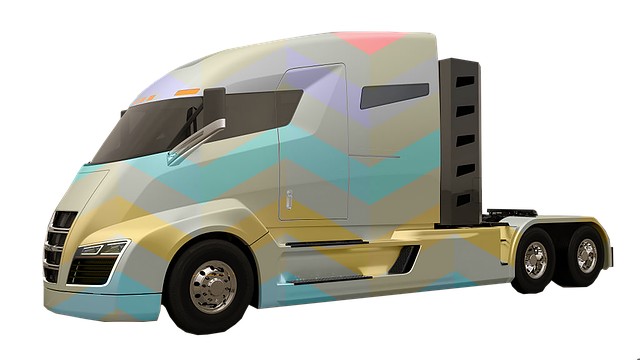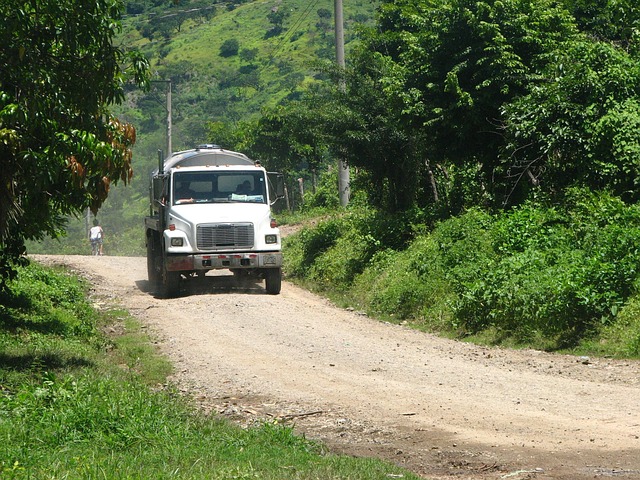For owner-operators, Physical Damage Coverage is a key tool for risk management and financial protection against unexpected vehicle or equipment damage. By understanding and leveraging this coverage, they can streamline claims processes through digital transformation, minimizing repair downtime and enhancing customer satisfaction. Regular maintenance checks on critical components like tires and brakes, combined with meticulous record-keeping, maximize the benefits of Physical Damage Coverage, ensuring faster settlements, smoother repairs, and optimal vehicle condition.
In today’s competitive transportation landscape, minimizing repair downtime is crucial for owner-operators to maintain efficiency and profitability. This article delves into effective strategies for managing claims efficiently, with a focus on physical damage coverage—a cornerstone for owner-operators aiming to protect their assets. We explore streamlining the claims process, best practices, and tips to maximize physical damage coverage, ensuring your fleet experiences less downtime and more on-the-road time.
Understanding Physical Damage Coverage: A Cornerstone for Owner-Operators

For owner-operators, understanding Physical Damage Coverage is paramount in minimizing repair downtime and maximizing operational efficiency. This type of coverage, often included in comprehensive insurance policies, plays a crucial role by addressing unexpected physical damage to vehicles or equipment. By ensuring that such damages are covered, owner-operators can avoid significant financial burdens associated with repairs, allowing them to swiftly return their assets to service.
Knowing the specifics of Physical Damage Coverage empowers owner-operators to make informed decisions. It enables them to navigate potential risks and choose appropriate insurance plans tailored to their needs. With this knowledge, they can proactively manage claims, leveraging their coverage to minimize downtime and maintain a consistent flow of operations.
Streamlining Claims Process: Strategies to Reduce Repair Downtime

Streamlining the claims process is a powerful strategy for minimizing repair downtime, especially for businesses offering physical damage coverage to owner-operators. The initial step involves digitizing and centralizing claim management systems. This allows for quick access to relevant data, enabling faster assessment and approval times. By implementing an efficient digital platform, insurers can reduce manual errors and delays caused by paperwork.
Additionally, establishing clear communication channels between all stakeholders—from the policyholder reporting damage to assessors and repair facilities—is vital. Real-time updates ensure that everyone is on the same page, accelerating decision-making. For instance, using mobile apps or online portals where owner-operators can upload photos and describe issues instantly can significantly reduce response time compared to traditional methods.
Best Practices for Efficient Claims Management

Efficient claims management is a key strategy for minimizing repair downtime and maximizing customer satisfaction. Best practices involve implementing digital systems to streamline processes, ensuring quick assessment and documentation of physical damage coverage. This includes detailed photographs, clear descriptions, and accurate recording of all relevant information.
Owner-operators play a crucial role by promptly reporting incidents, maintaining comprehensive records, and fostering open communication with insurance providers. By adopting these practices, businesses can navigate the claims process more effectively, leading to faster turnaround times and reduced disruptions in operations.
Maximizing Physical Damage Coverage: Tips for Owner-Operators

To maximize Physical Damage Coverage for their vehicles, owner-operators should prioritize regular maintenance checks. Proactive care, such as routine inspections and prompt repairs, can significantly reduce the likelihood of unexpected breakdowns caused by physical damage. Staying on top of tire conditions, brake systems, and other critical components is essential, as these are common areas where physical damage can occur, leading to costly downtime.
Owner-operators should also be vigilant about documenting all maintenance activities and keeping detailed records. This practice ensures that any potential physical damage is easily identifiable during claims processes, allowing for faster settlement and smoother repairs. By combining regular maintenance with meticulous record-keeping, owner-operators can effectively manage claims, minimize repair downtime, and ensure their vehicles remain in optimal condition.
By implementing streamlined claims processes and adopting best practices, owner-operators can significantly minimize repair downtime associated with physical damage coverage. Understanding the importance of comprehensive physical damage coverage and maximizing its potential through strategic tips will empower operators to navigate claim management efficiently. This, in turn, ensures faster turnaround times, reduced operational disruptions, and a more robust overall business strategy.
